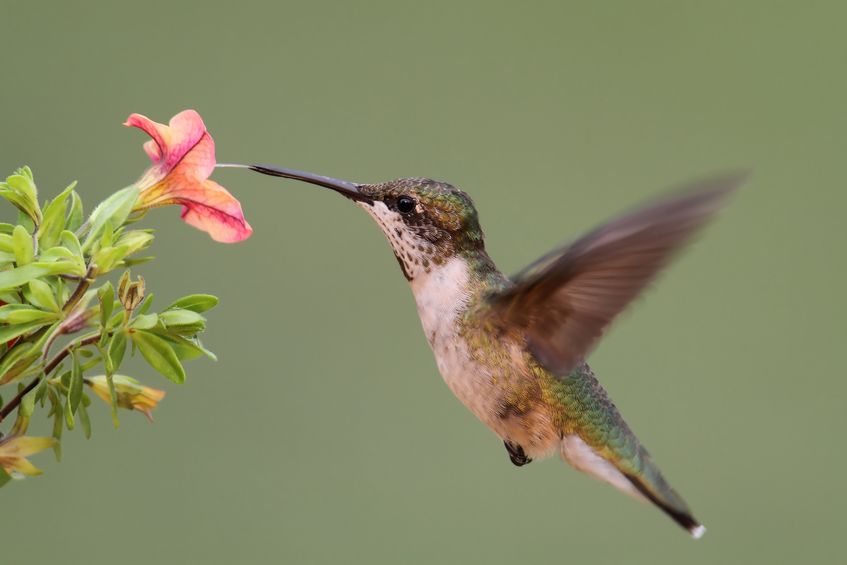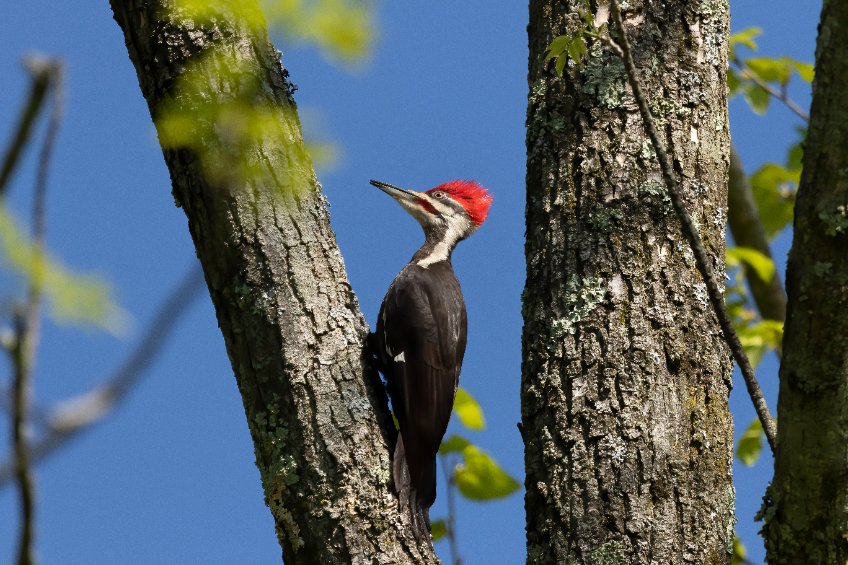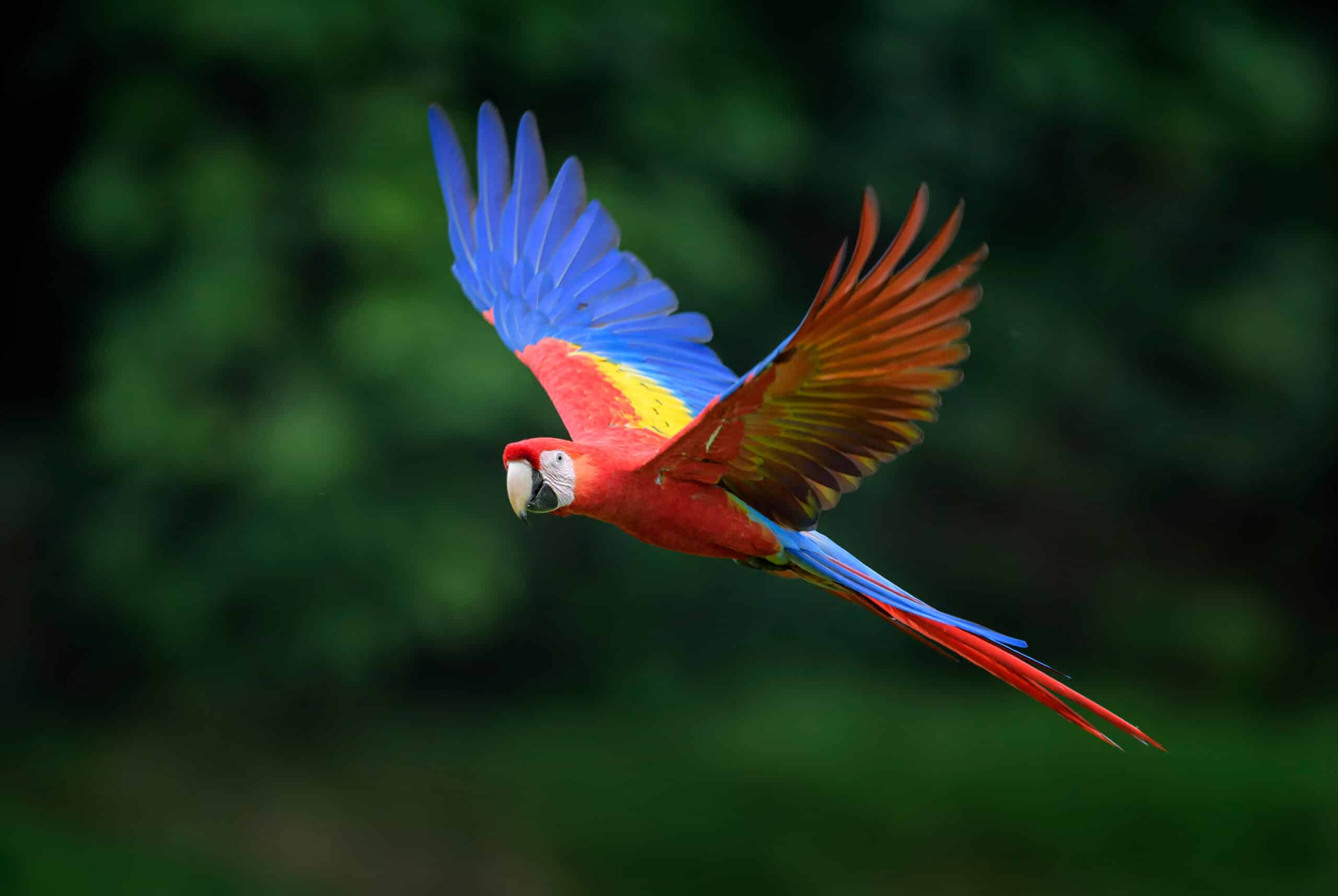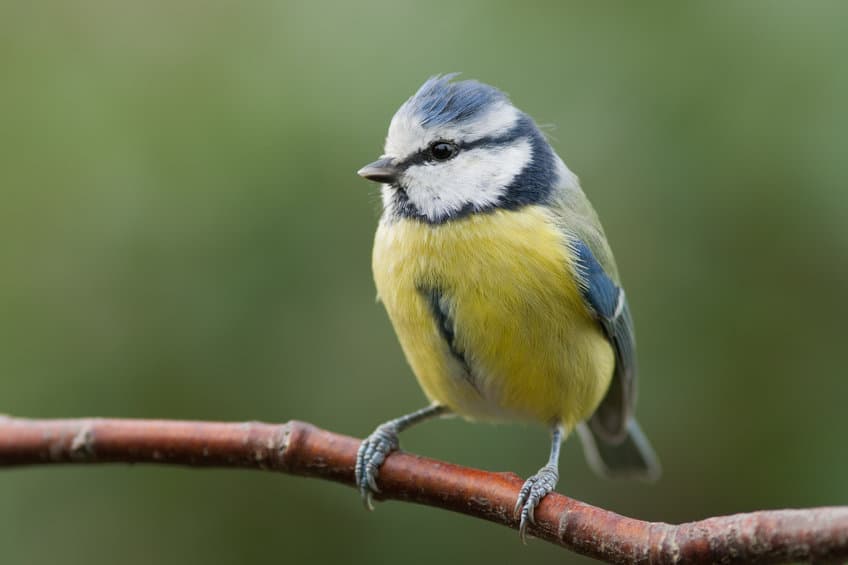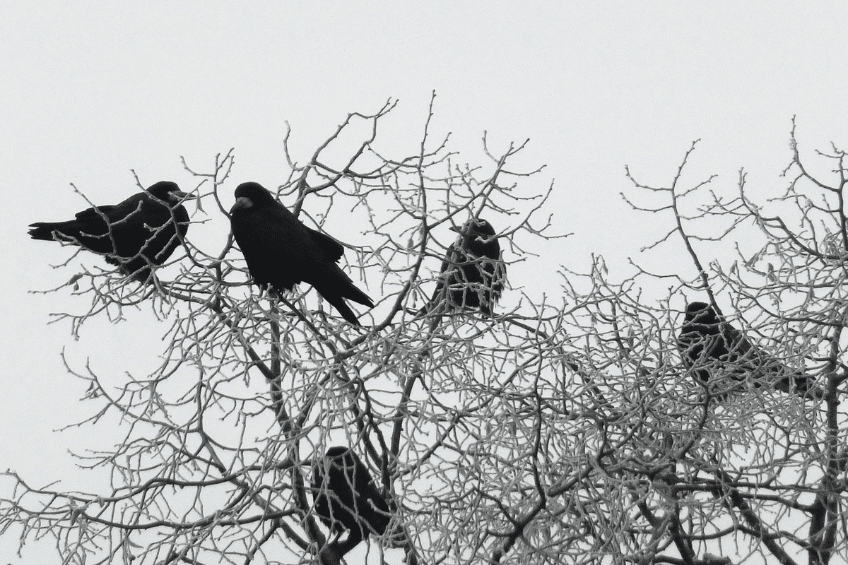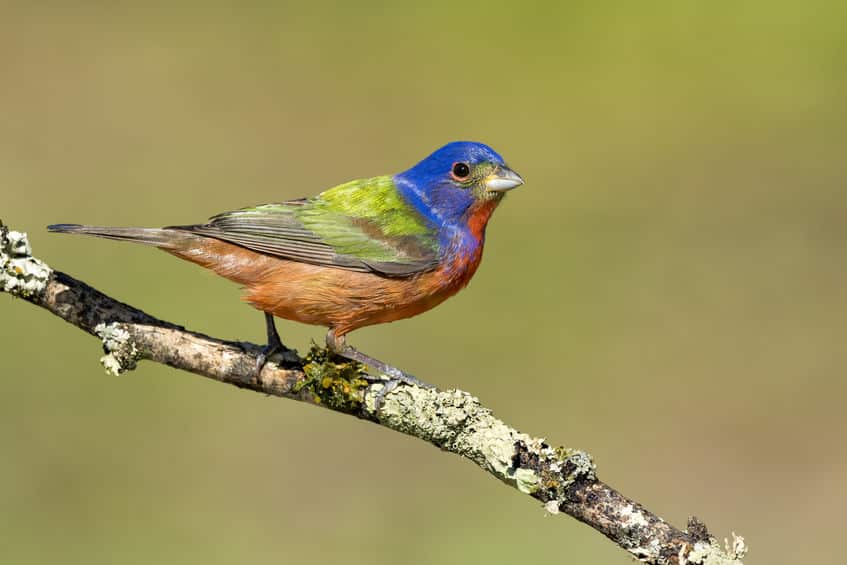By Sean Zucker –
In case there was any uncertainty, humans are virtually color-blind compared to birds and many other animals. At least that’s what Mary Caswell Stoddard, an assistant professor in the Princeton University, claims. Her new study, in fact, found that hummingbirds far outperform humans in distinguishing hues in combinations of ultraviolet and visible light.
This tidbit is more than a neat little factoid from the animal kingdom. It’s actually critically important to keeping the ecosystem in balance and the world loaded with beautiful flowers and fruit, among other things. Bird vision, for lack of a better terms, aids their ability to identity certain flowers and ramp up pollination.
In general, birds have an advantage because, unlike people, they possess a fourth color cone that can detect ultraviolet light. Humans have just three color cones in their retina that are sensitive to red, green and blue light, This extra clone inspired Stoddard and her team to examine whether hummingbirds had the ability to perceive pallets beyond that, including combinations like ultraviolet+green and ultraviolet+red.
Researchers arrived at their conclusion by using bird feeders at the Rocky Mountain Biological Laboratory in Colorado. Feeders either held nutritious sugar water or plain water. Beside them were also two LED tubes, which each emitted a different colored light. The tubes projected a variety of different colors, many on the visible light spectrum such as red, pure ultraviolet light, and different blends of UV and visible light, such as ultraviolet mixed with red. Some of these are imperceptible by the human eye.
Within hours of being exposed, hummingbirds learned to recognize colors that had been paired with the sugar water feeders and prioritized visiting those. The researchers constantly switched up the light pairings and even the feeder locations to keep the birds honest. It didn’t matter. The birds were able to adjust on the fly to the new pairings and locations.
This extranormal color perception apparently has its roots quite a way back. Think prehistoric origins and dinosaurs. “Tetrachromacy — having four color cone types — evolved in early vertebrates,” Stoddard said. “This color vision system is the norm for birds, many fish and reptiles, and it almost certainly existed in dinosaurs. We think the ability to perceive many non-spectral colors is not just a feat of hummingbirds but a widespread feature of animal color vision.”
More than a curiosity, this ability helps hummingbirds and many of their feathered friends deliver on one of the prime ecological functions – pollination. Their enhanced sight helps birds locate nectar-bearing flowers covered in patterns that are imperceptible to humans.
Unfortunately, hummingbirds, bees and other associated animals are under increasing threats to their long-term wellbeing through the introduction of chemicals into their diets, which is just as bad for them as it is for us.
Research group Wiley even warned recently that exposure to these harmful pesticides could significantly undermine their wellbeing and ability to provide environmental benefits.
“Hummingbirds and bumble bees are important pollinators of wild and agricultural plants and they survive each day on a razor’s edge due to their high energy needs,” said Dr. Christine Bishop, lead author of the Wiley study. If they fall off the wrong side of the edge, the consequences would be far-reaching. “Pesticide exposure in these animals may have impacts on their health and the ecosystem services they provide to humans and wildlife.”

